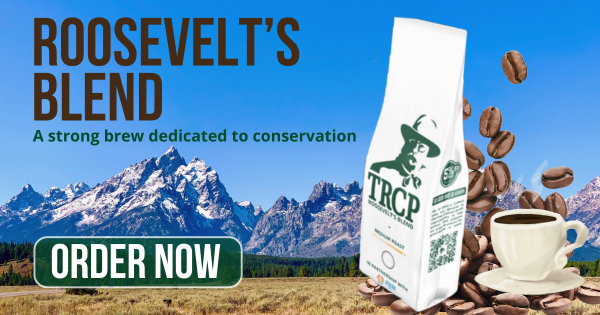What’s at stake and how you can urge the Bureau of Land Management to prevent the risky Ambler Road project
The Brooks Range of Alaska is the pinnacle of wild country. This largely unbroken chain of mountains buckle into foothills thick with willow and blueberry, as cold creeks fill wetlands and large rivers braid their way through the valleys.
Here, massive sheefish — otherwise known as “the tarpon of the north” — inhale streamers and jerk baits. Tundra swans glide over oxbows, 50-plus-inch Yukon moose wade in the marshes, Dall sheep survey from the shale slopes, and the largest caribou herd in Alaska migrates over the vast landscape to spend their winters in the south.
This is a dream destination for many hunters and anglers. Alaskans and visitors from across the globe revere this wild country for the world-class hunting and fishing it provides, as well as the adventure it promises. But a risky project could permanently alter the bucket-list experiences you can currently enjoy in the Brooks Range. Here are the details and how you can get involved.
Where Risks Outweigh Potential Rewards
In 2020, the U.S. Department of the Interior granted federal permits for a road to connect the Dalton Highway in north-central Alaska to four undeveloped mineral deposits. The proposed Ambler Industrial Road, a 211-mile corridor, would scrape itself across the southern foothills of the Brooks Range to bring foreign-owned mining companies within reach of what could become at least four open pit mines. The economic feasibility of these mineral deposits is still in question.
Due to the vast number of streams, rivers, and wetlands along the proposed corridor, the massive undertaking would require breaking up free-flowing waters with nearly 3,000 culverts and 29 bridges. Industrial vehicles would make an estimated 168 trips per day along the private corridor, diminishing the wilderness character of the area and the quality of hunting and fishing opportunities.
While our nation needs minerals to support our economy and way of life, the risks to habitat, clean water, and this wild landscape far outweigh any potential rewards from the Ambler Road project.
This is why the TRCP has partnered with Hunters and Anglers for the Brooks Range, a coalition of hunters, anglers, conservation organizations, hunt-fish businesses, and Alaskan guides, outfitters, and transporters to make sure our unique voice is heard on this issue. Time and time again throughout the conservation history of this country, the hunt-fish community has proven that we are stronger when we work together.
Now we undertake the challenge to conserve the most wild and remote hunting and fishing grounds in North America.
What You Can Do
The TRCP and Hunters and Anglers for the Brooks Range are urging the Bureau of Land Management to maintain the unique values of this iconic landscape by denying the right-of-way for the proposed Ambler Road. You can lend your support by taking action during a public comment period that ends on December 22, 2023.





Proposed Ambler Road
I am completely opposed to this proposal and installation of Ambler Road and the devastating impacts it would bring to this pristine environment. This would be a disaster and would negatively impact, water quality, erosion, fish, wildlife, and habitat. The planet is being destroyed at an alarming rate. Will you protect the future and quality of life for this region? The time is NOW to put conservation ahead of greed!
Let’s STOP the Insanity!